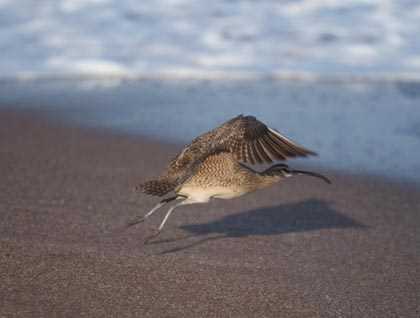Santiago Island is considered one of the major islands in Galapagos, with no human inhabitants on the island. But the story could have been different, because back in the 1950s a salt mine operation was set in Puerto Egas. However, this attempt of colonization just lasted for a few years, because of the harsh conditions for workers in that time. There are still some ruins as evidence of human history there.
Santiago Island has also been under restoration for over fifteen years now, and the results are amazing. In 2001 this Island was declared free of pigs, and in 2005 free of goats. With these two main problems gone – hopefully forever –we can see the results of this big eradication program. I am also glad to mention that thanks to the successful tortoise breeding center, the Santiago giant tortoise population is back to a healthy number again.
It would take more than a month to explore the whole of Santiago Island, so that is the main reason that today we visited three of its best visitor sites: Espumilla Beach, Buccaneers Cove and Egas Port.
Even though these places are nearby to each other, each one of them is very different and unique. That is the reason we start our activities with a pre-breakfast morning hike along a very dense vegetation zone, with two groups interested in photography along a spectacular black sandy beach with bottom mangroves and hundreds of pacific green sea turtles nests.
We continue our morning activities with snorkeling, glass bottom boating, and Zodiac riding along caves, standing rocks and eroded tuff cones.
Our final visitor site was Puerto Egas, where we offered a beach activity, snorkeling off the beach and a hike along the coastal area with beautiful tidal pool formations and collapsed lava tubes, which are very typical in the Galapagos archipelago.
Today was a very intense day from sunrise to sunset, and the memories of many Galapagos animals will stay in our guests’ memories forever and ever.




